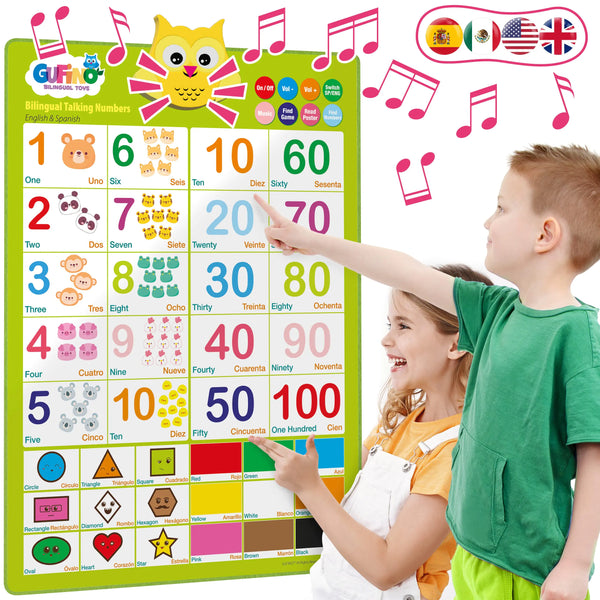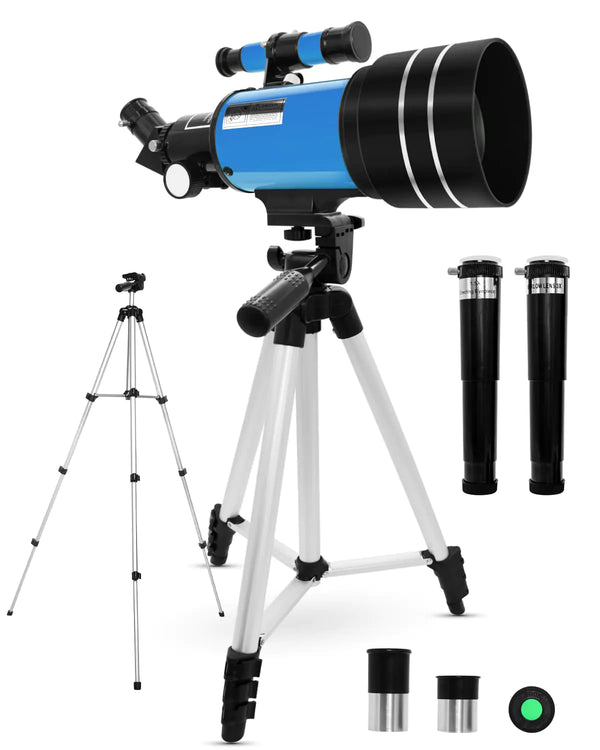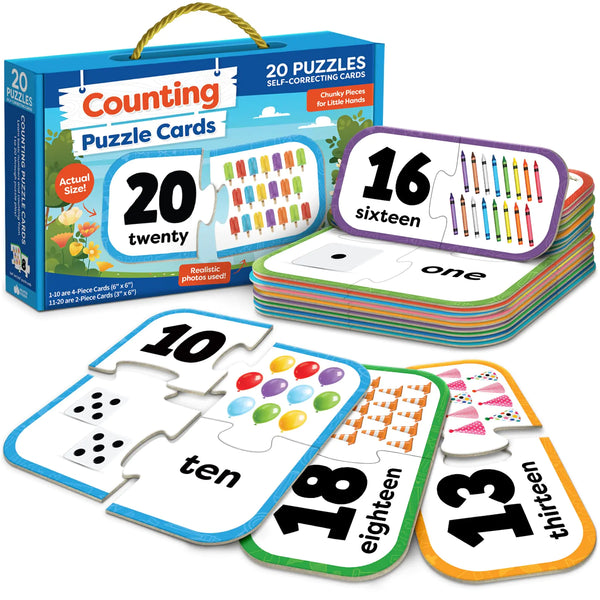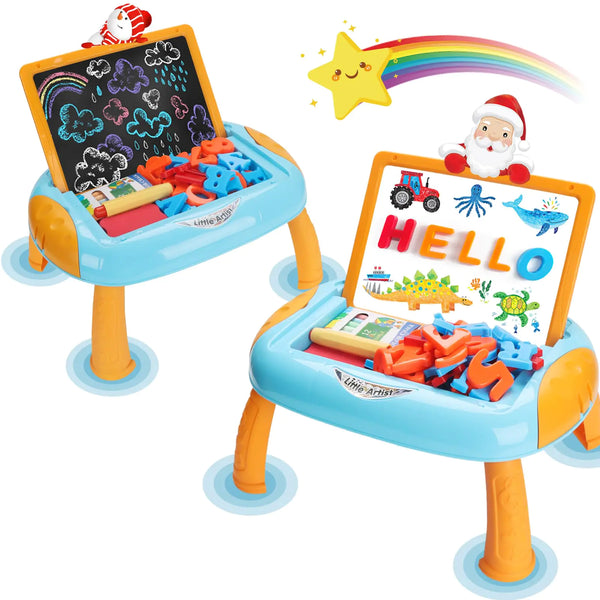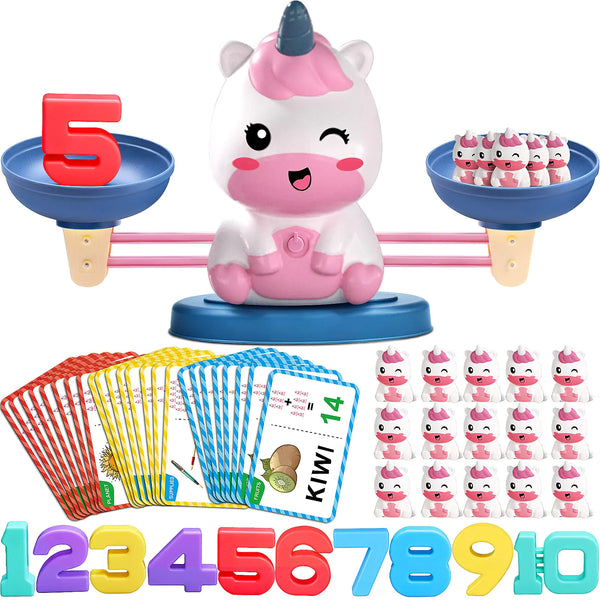Exploring the vast wonders of our solar system can be an exhilarating experience for children. Solar system learning kits offer a unique blend of education and entertainment, making complex astronomical concepts accessible and engaging for young minds. These kits not only ignite curiosity about space but also provide hands-on learning opportunities that can foster a lifelong interest in science and discovery.
Key Takeaways
- Solar system learning kits combine fun and education, making complex astronomical concepts accessible to children.
- These kits encourage hands-on learning, which can enhance understanding and retention of scientific facts.
- Using these kits can spark a child’s curiosity about space and foster a lifelong interest in science.
- There are various types of kits available, including glow-in-the-dark models, 3D models, and virtual reality experiences.
- Choosing the right kit involves considering factors such as age appropriateness, educational value, and ease of use.
Why Solar System Learning Kits for Children are Awesome

Solar system learning kits are a fantastic way to introduce kids to the wonders of space. These kits are not just toys; they are engaging and educational tools that can spark a lifelong interest in astronomy. Let's dive into why these kits are so awesome for children.
Top Solar System Learning Kits for Kids

One of the most exciting kits out there is the 4M KidzLab Glow-in-the-Dark Solar System Mobile Making Kit. This kit not only allows kids to build their own solar system model, but it also glows in the dark, adding an extra layer of fun. Priced at $14.99, it's a best-seller with a 4.5 out of 5-star rating from 31 reviews. Another great option is the YDxl Solar System Nine Planets Planetarium Model, which is available for just $9.30. These kits are perfect for sparking a child's interest in space while providing a hands-on learning experience.
For a more immersive experience, the 3D Solar System Kit is a fantastic choice. Priced at $26.38, this kit has received a 4.1 out of 5-star rating from 74 reviews. It allows kids to build a three-dimensional model of the solar system, making it easier to understand the spatial relationships between planets. Another option is the Solar System Eight Planets Cognitive Toys, available for $10.25. These kits are great for visual learners and can make the concept of space more tangible.
If you're looking to combine technology with learning, virtual reality (VR) space exploration kits are the way to go. These kits offer an interactive experience that can transport kids to different parts of the solar system. While they tend to be more expensive, the educational value is immense. Kids can explore planets, moons, and even distant stars, all from the comfort of their home. VR kits are perfect for tech-savvy kids who love to learn through interactive play.
Investing in a solar system learning kit can be a game-changer for your child's education. Whether it's a glow-in-the-dark model, a 3D kit, or a VR experience, these kits offer a unique blend of fun and learning.
How to Choose the Right Solar System Kit

Choosing the right solar system kit for your child can be a fun and rewarding experience. Here are some tips to help you make the best choice for your little explorer.
Age Appropriateness
It's important to select a kit that matches your child's age and developmental stage. Kits designed for toddlers will be vastly different from those meant for pre-teens. Look for age recommendations on the packaging to ensure the kit is suitable for your child.
Educational Value
One of the main reasons to invest in a solar system kit is its educational value. Look for kits that offer a balance of fun and learning. Some kits come with detailed guides and activities that teach kids about the planets, stars, and other celestial bodies. The more interactive and informative the kit, the better it will be at sparking your child's curiosity about space.
Ease of Use
A kit that's too complicated can be frustrating for both you and your child. Make sure the kit you choose is easy to assemble and comes with clear instructions. Some kits even offer online tutorials or virtual reality components to make the learning process more engaging.
When choosing a solar system kit, consider the top 5 solar system learning kits for children: educate and entertain. Explore interactive kits to spark curiosity and foster learning about the solar system.
DIY Solar System Projects for Kids

Creating a Solar System Mobile
One of the most exciting DIY projects is creating a solar system mobile. This project is not only fun but also educational. Kids can learn about the different planets and their positions in the solar system. It's a great way to combine creativity with learning. All you need are some basic craft supplies like foam balls, paint, and string. You can even add some glow-in-the-dark paint to make it extra special!
Building a Planetarium Model
Building a planetarium model is another fantastic project. This can be a bit more complex, but it's perfect for older kids who love a challenge. The process involves creating a 3D model of the solar system, complete with orbits and celestial bodies. This project can help kids understand the scale and structure of our solar system. Plus, it's a great way to spend quality time together as a family.
Designing Constellations
Designing constellations is a wonderful way to introduce kids to the stars. You can use glow-in-the-dark stickers to create your own constellations on the ceiling or a large piece of cardboard. This project is not only educational but also adds a magical touch to any room. Kids will love learning about different constellations and even creating their own. It's a perfect blend of science and art.
DIY solar system projects are a fantastic way to make learning about space interactive and fun. They offer a hands-on experience that can spark a lifelong interest in astronomy. Plus, these projects can easily be turned into games, making education enjoyable for kids of all ages.
Incorporating Solar System Kits into Homeschooling

Incorporating solar system kits into homeschooling can be a game-changer for both you and your child. These kits offer a hands-on approach to learning that can make complex concepts more accessible and fun. Imagine the sense of wonder as kids build their own solar system and learn about the constellations. It's a perfect way to combine education with play, making learning an enjoyable experience for everyone involved.
The Science Behind Solar System Kits

When kids use solar system kits, they get a hands-on experience with celestial bodies like planets, moons, and stars. This tactile interaction helps them grasp complex concepts more easily. It's like bringing the universe into your living room!
One of the coolest things about these kits is how they demonstrate orbits. Kids can see how planets move around the sun and how moons orbit planets. This visual and physical representation makes it easier for them to understand these scientific principles.
Solar system kits often include detailed models of stars and planets, allowing kids to explore their characteristics. They can learn about the different types of stars, the composition of planets, and even the concept of black holes. This not only educates but also fuels their curiosity about space.
Using these kits, kids can transform abstract scientific concepts into tangible learning experiences, making science both fun and educational.
Solar System Kits for Different Age Groups

Choosing the right solar system kit for your child can be a game-changer in sparking curiosity about space. Here’s a breakdown of the best kits for different age groups to help you make an informed decision.
Making Learning Fun with Solar System Kits

Games and Activities
One of the best ways to make learning about the solar system fun is through interactive games and activities. These kits often come with puzzles, trivia cards, and board games that challenge kids to test their knowledge while having a blast. Combining play with education ensures that children remain engaged and retain more information.
Storytelling and Space Adventures
Turn your child's learning experience into an epic space adventure! Many solar system kits include storybooks or activity books that take kids on a journey through the cosmos. By weaving educational content into captivating stories, children can learn about planets, stars, and galaxies in a way that feels like an adventure rather than a lesson.
Creative Art Projects
Encourage your child's creativity with art projects that are out of this world. Solar system kits often come with materials to create models, paint planets, or design constellations. These hands-on projects not only make learning fun but also help kids develop fine motor skills and artistic expression.
When learning feels like play, children are more likely to develop a lifelong love for science and exploration.
Where to Buy the Best Solar System Learning Kits

Shopping online is super convenient, and you can find a wide variety of solar system learning kits. Amazon is a great place to start, offering everything from glow-in-the-dark models to 3D kits. Another fantastic option is Walmart, which often has competitive prices and a good selection. Don't forget to check out specialty educational sites like Fat Brain Toys and Lakeshore Learning for unique and high-quality kits.
If you prefer to see the kits in person before buying, educational toy shops are the way to go. Stores like Learning Express and The Teacher Store offer a hands-on experience where you can evaluate the kits' quality and educational value. Plus, the staff can provide recommendations based on your child's age and interests.
For those looking for something a bit more advanced or unique, specialty science stores are a treasure trove. Shops like Edmund Scientifics and American Science & Surplus offer kits that you won't find in regular toy stores. These stores often have knowledgeable staff who can help you choose the perfect kit for your budding astronomer.
Finding the right solar system learning kit can make a world of difference in sparking your child's interest in space and science. Happy shopping!
Tips for Parents Using Solar System Kits

Setting Up a Learning Space
Creating a dedicated learning space can make a huge difference. Ensure the area is well-lit and free from distractions. A clutter-free environment helps kids focus better on their activities. You might want to include a small table, some comfortable seating, and storage for all the kit components. A well-organized space can spark creativity and make learning more enjoyable.
Guiding Your Child’s Exploration
While it's important to let your child explore independently, your guidance can enhance their learning experience. Ask open-ended questions like, "What do you think will happen if we move this planet closer to the sun?" This encourages critical thinking and keeps their curiosity alive. Remember, the goal is to make learning fun and engaging.
Making the Most of Each Kit
To get the most out of each solar system kit, take the time to explore all its features. Many kits come with activity books filled with games, stories, and experiments. These can be a great way to dive deeper into the subject matter. Don't forget to utilize any online resources or video tutorials that come with the kit. These can provide additional context and make the learning experience even richer.
Exploring the stars: the best astronomy toys for young explorers. From telescopes to puzzles, plush toys, and projectors, engage kids in fun and educational space exploration.
Combining Solar System Kits with Other STEM Activities

Integrating with Science Experiments
One of the best ways to maximize the educational value of solar system kits is by integrating them with science experiments. For instance, you can use the kits to demonstrate how gravity works by creating a model of the solar system and showing how planets orbit the sun. This hands-on approach makes abstract concepts more tangible for kids.
Pairing with Math Lessons
Solar system kits can also be paired with math lessons to make learning more engaging. You can teach kids about distances between planets, their sizes, and even their orbital periods. Using real data from the solar system can make math lessons more interesting and relevant.
Using Technology and Apps
Incorporating technology and apps can take the learning experience to the next level. There are various educational apps that complement solar system kits, offering interactive simulations and augmented reality experiences. This not only makes learning fun but also helps kids grasp complex concepts more easily.
Combining solar system kits with other STEM activities not only enriches the learning experience but also keeps kids engaged and curious about the world around them.
Combining Solar System Kits with other STEM activities can create an engaging and educational experience for children. By integrating these kits with hands-on projects, kids can explore the wonders of our universe while enhancing their problem-solving and critical thinking skills. Visit our website to discover more exciting ways to inspire young minds!
Conclusion
Exploring the universe has never been more fun and accessible for kids, thanks to these amazing solar system learning kits. Whether they're building a model, painting planets, or diving into virtual reality, these kits offer a hands-on way to spark curiosity and a love for science. So, why not give your child the gift of the stars? With these kits, the sky is not the limit—it's just the beginning!
Frequently Asked Questions
What age group are solar system learning kits suitable for?
Solar system learning kits are available for various age groups, from toddlers to pre-teens. It's essential to check the age recommendation on the kit to ensure it's appropriate for your child's age and development level.
What are the benefits of using solar system learning kits?
Solar system learning kits offer hands-on learning experiences, encourage curiosity about space, and combine fun with education. They help children understand complex concepts through interactive activities.
Can solar system learning kits be used for homeschooling?
Yes, solar system learning kits are excellent for homeschooling. They can be incorporated into lesson plans, provide interactive learning activities, and come with supplementary resources to enhance the educational experience.
Are there any safety concerns with solar system learning kits?
Most solar system learning kits are designed with safety in mind. However, it's important to supervise young children during activities, especially those involving small parts or tools.
What types of solar system learning kits are available?
There are various types of solar system learning kits, including glow-in-the-dark sets, 3D models, and virtual reality space exploration kits. Each type offers a unique way to learn about the solar system.
How do I choose the right solar system learning kit for my child?
Consider factors such as age appropriateness, educational value, and ease of use when selecting a solar system learning kit. Reading reviews and product descriptions can also help you make an informed decision.
Can solar system learning kits be combined with other STEM activities?
Yes, solar system learning kits can be integrated with other STEM activities, such as science experiments, math lessons, and technology-based projects. This integration can provide a well-rounded educational experience.
Where can I buy solar system learning kits?
Solar system learning kits can be purchased from online stores, educational toy shops, and specialty science stores. It's a good idea to compare prices and read reviews to find the best kit for your needs.



